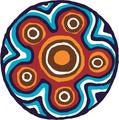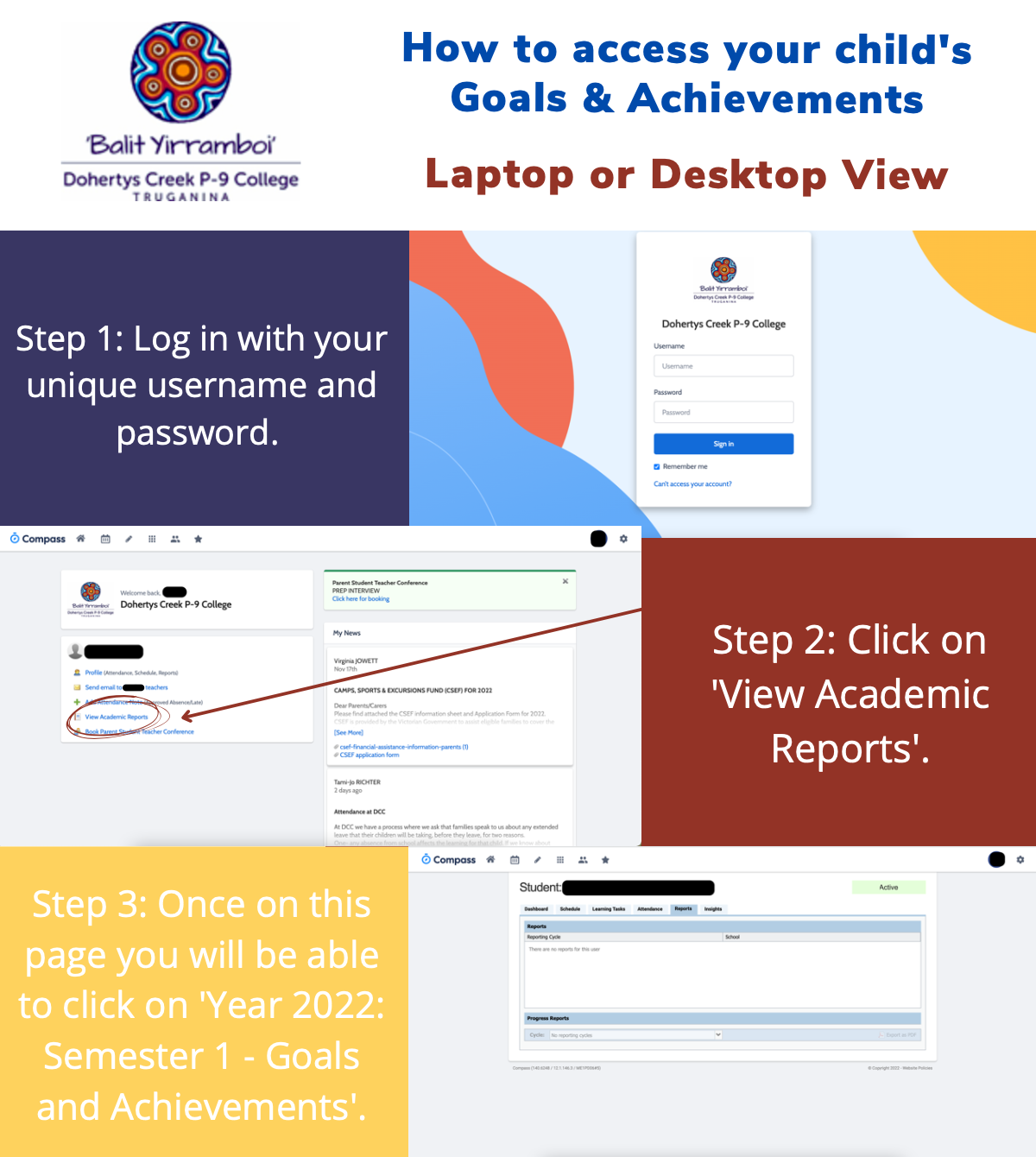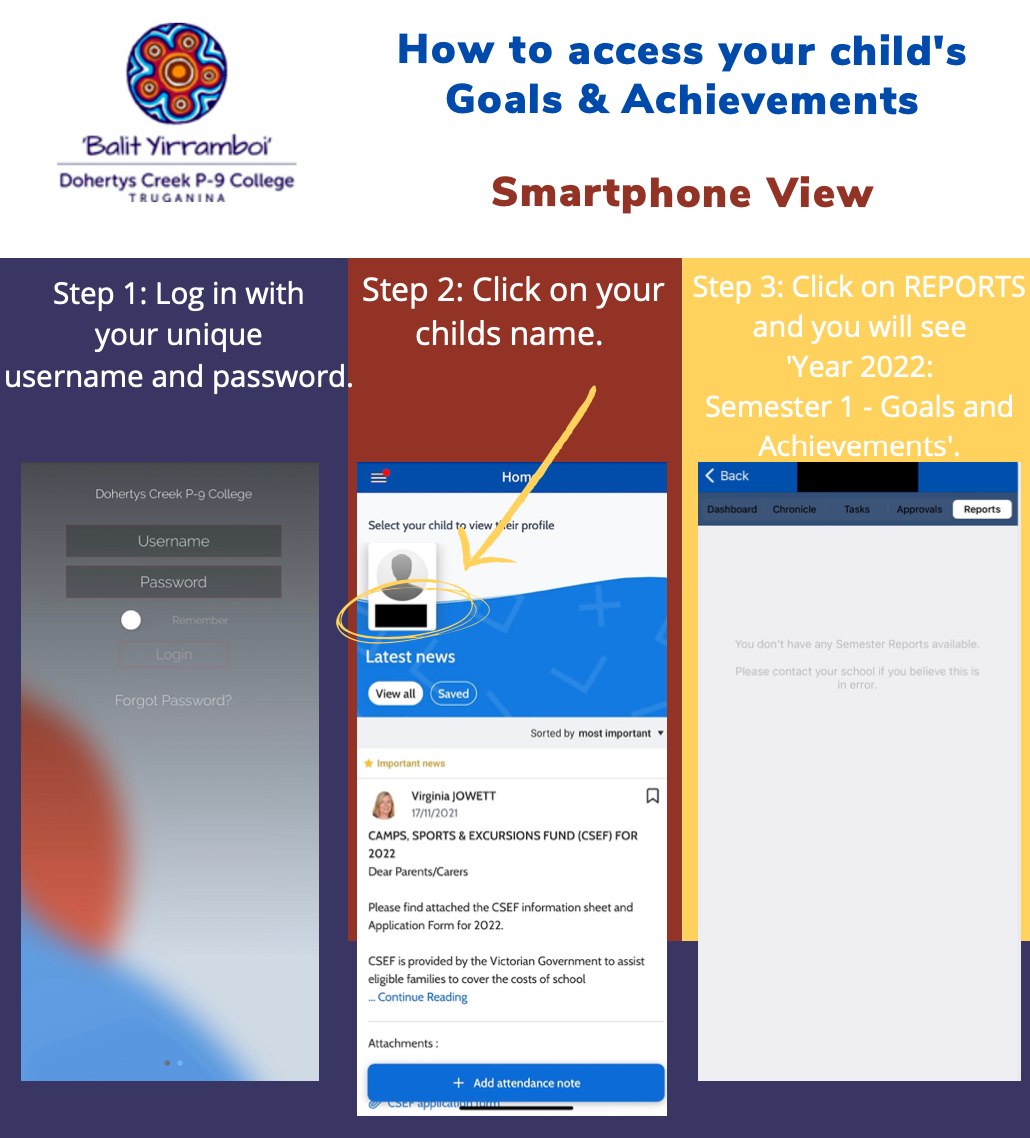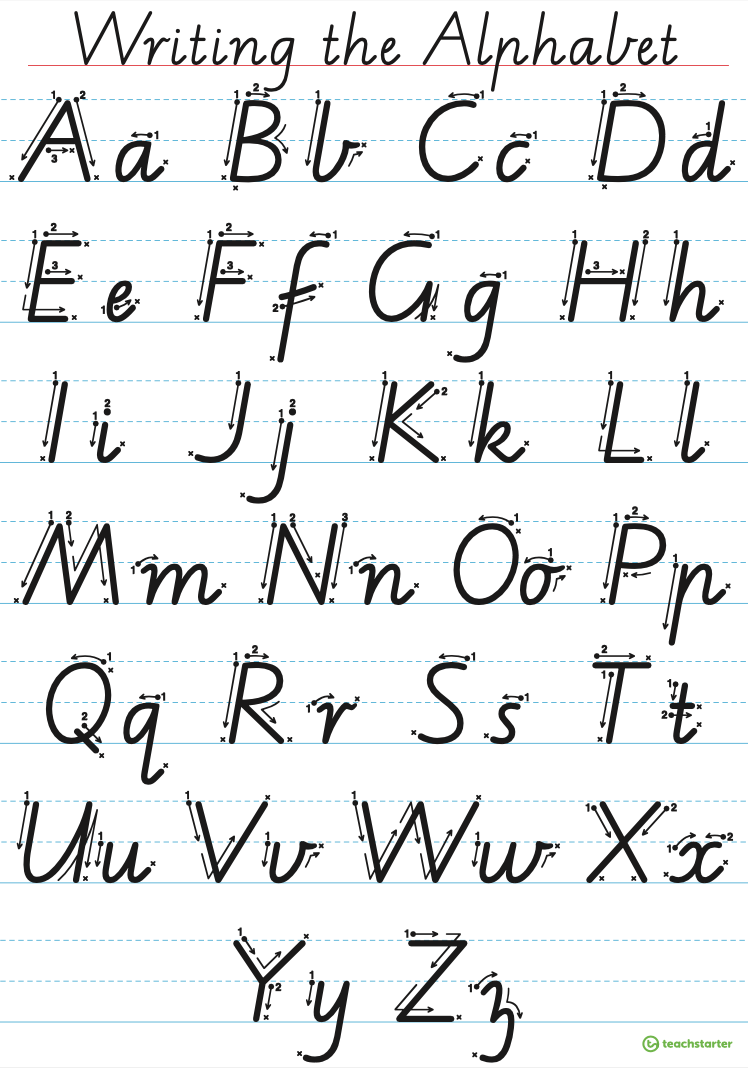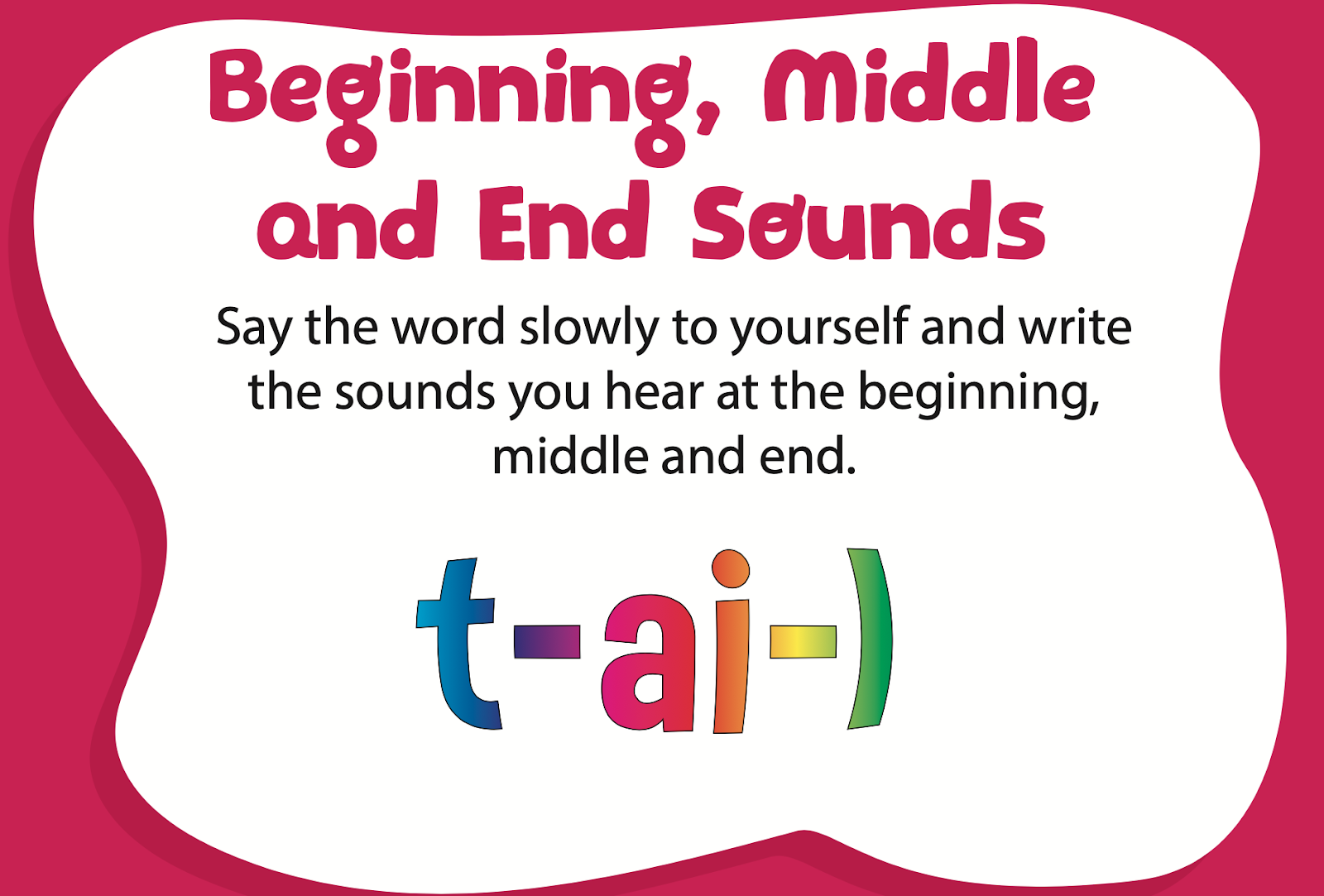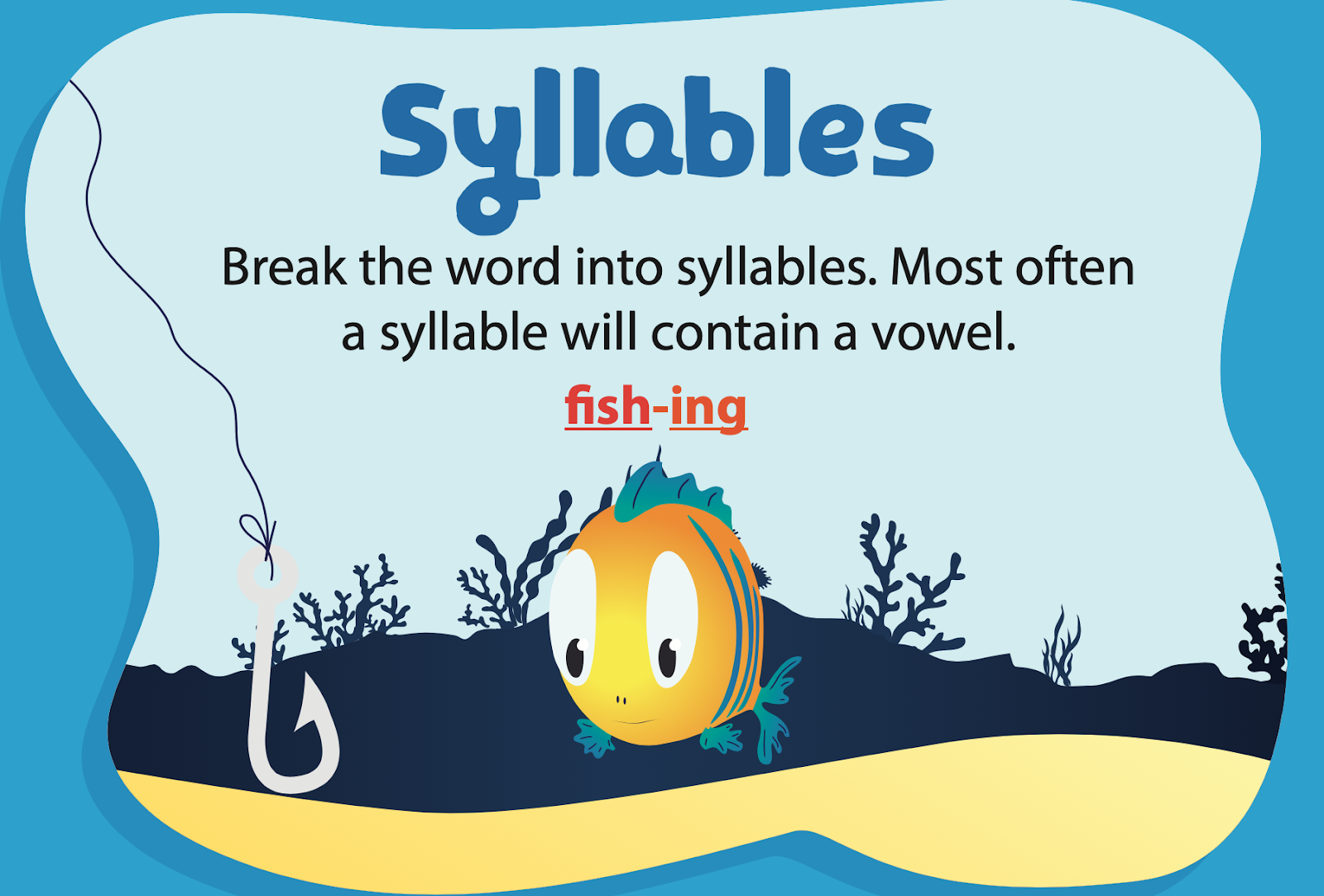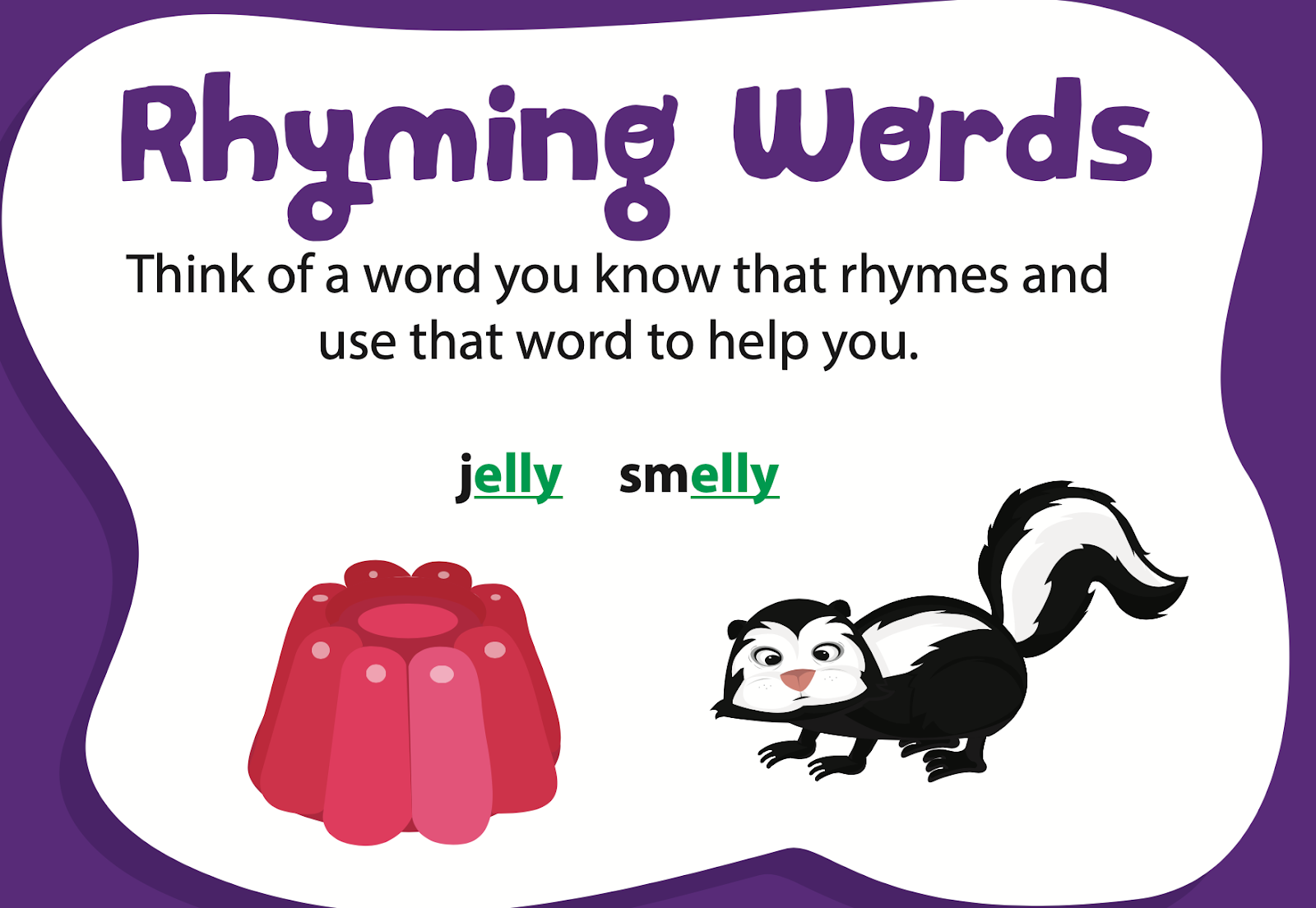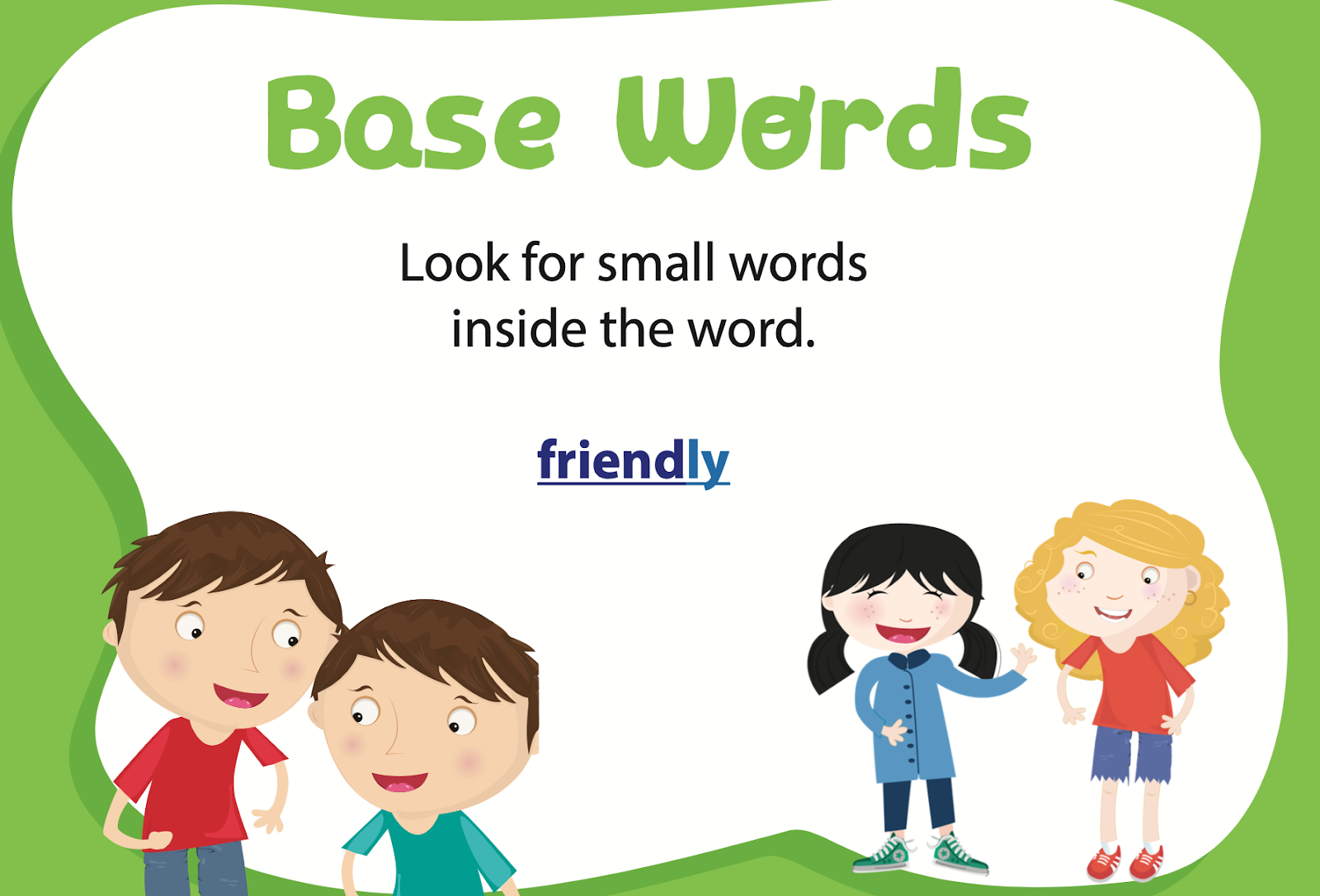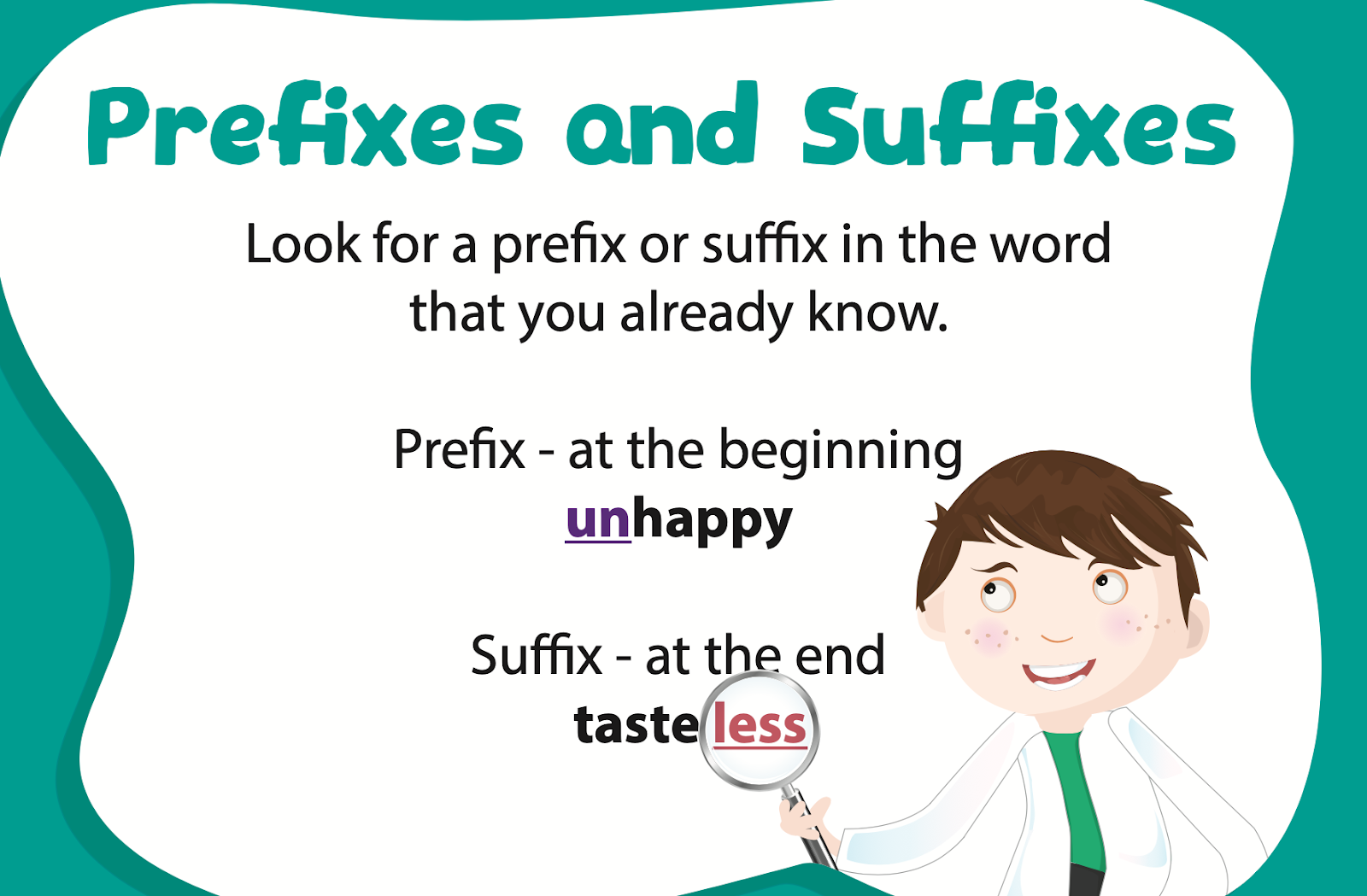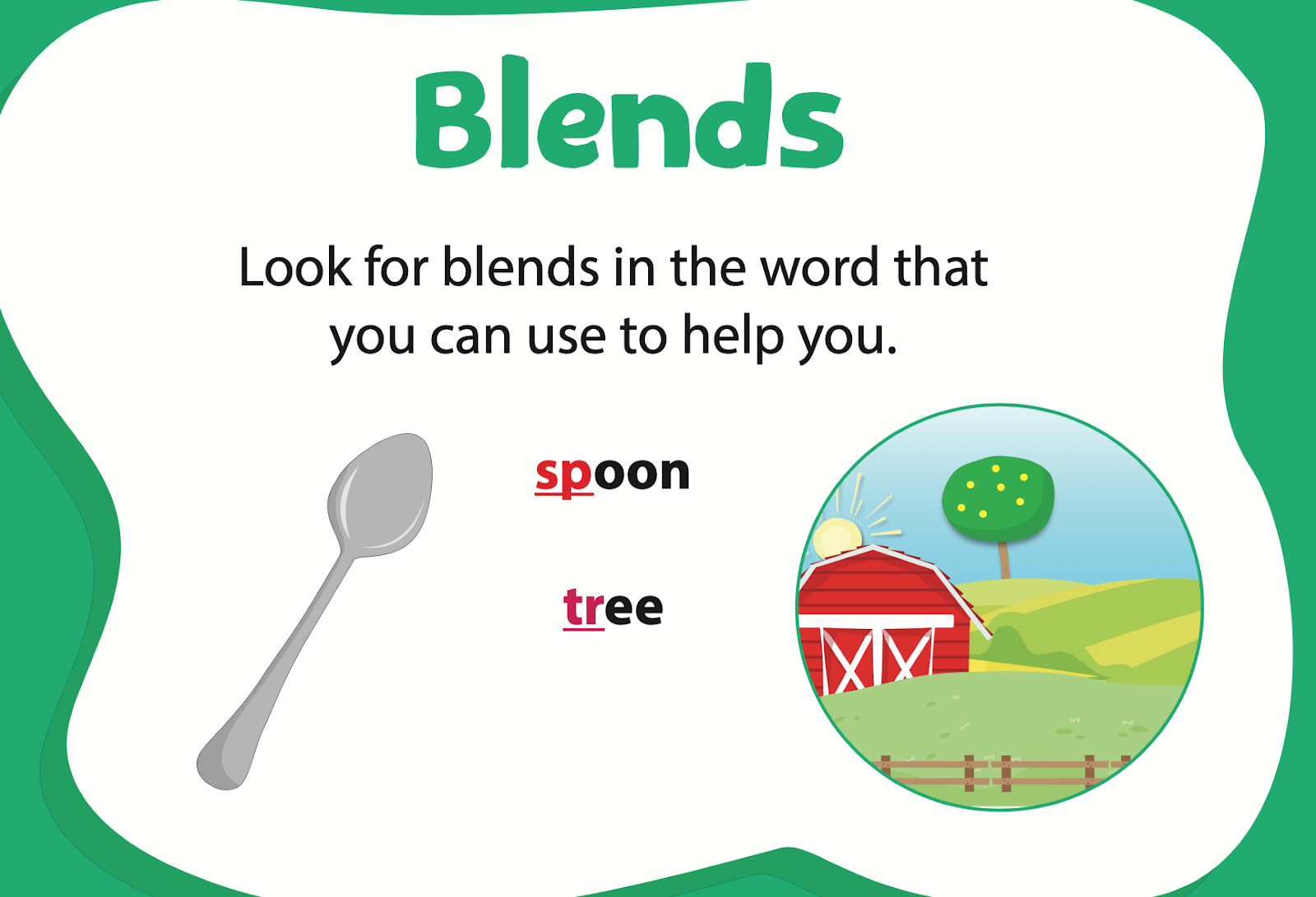Year 2 Term 3 Overview
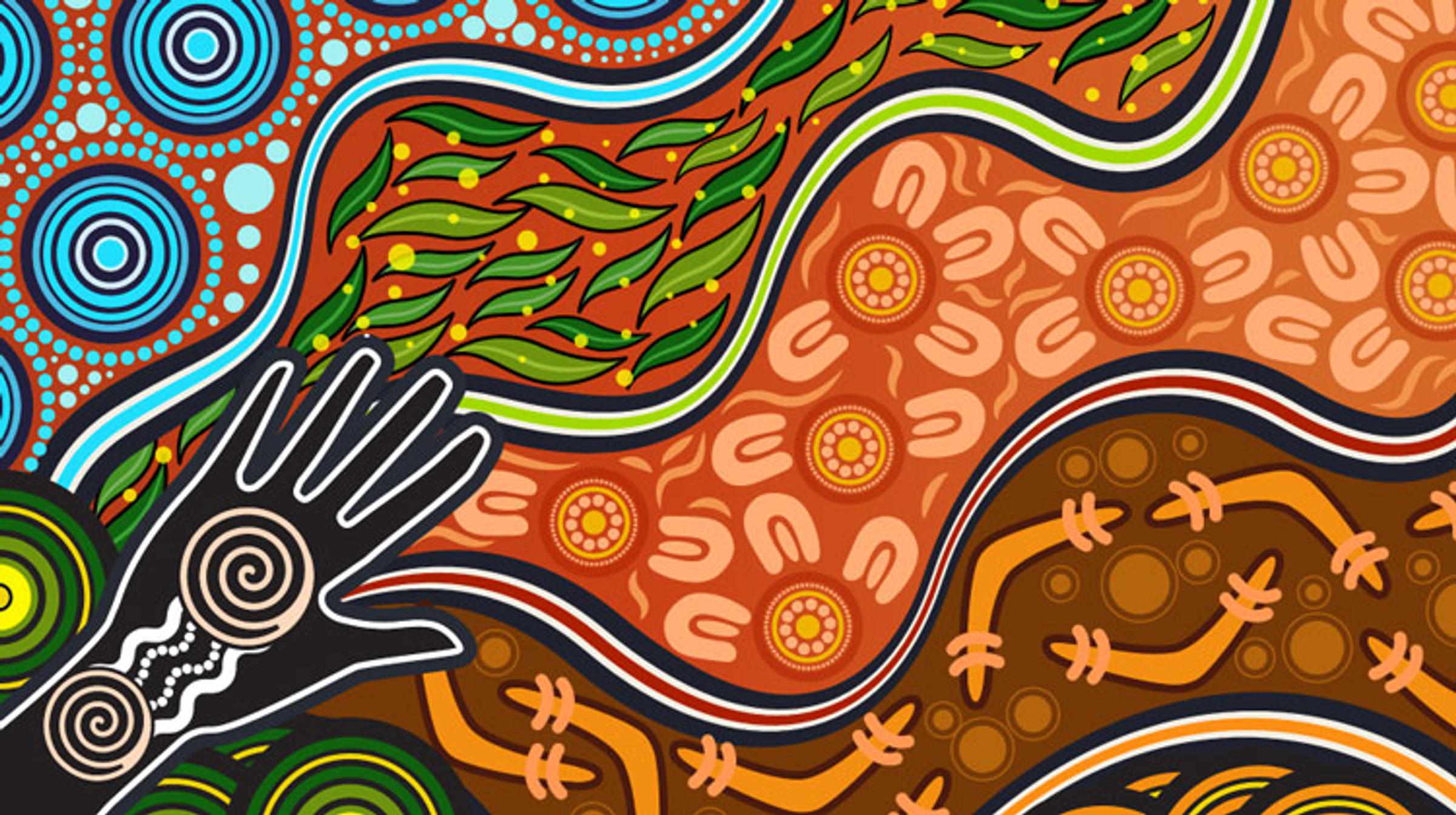
Wominjeka Year 2 Families!
Term 3 Curriculum
Reading
This term in reading, Year 2 students will be comparing and contrasting the different features of non fiction, fiction, biographies, memoirs and procedural texts to examine what the writer does to keep the reader interested. They will also focus on summarising the parts of a text looking at chronological order, connecting ideas in different parts of the text and discovering supporting detail. Students will infer what is happening in the text using supporting evidence. We will teach connections of the big ideas in the texts to the student’s lives. Students will also search for information in a variety of text types.
Writing
This term in writing, Year 2 students will be exploring the 6+1 writing traits through exposition texts where they will convince the reader to agree with their opinions. Through exposition texts students will be able to show their understanding of facts, opinions, reasons/arguments and cause an effect. Students will be able to use word choice and voice to demonstrate how they feel about a chosen topic and share why it is important to them. Through exposition texts students will be continuing to develop well-crafted sentences by using a combination of simple and compound sentences and begin to experiment with paragraphs and a variety of punctuation. Students will continue to work on their presentation by practising correct letter formation using dotted thirds.
Mathematics
This term in maths, Year 2 students will be extending their mapping skills. They will revise how to interpret simple maps of familiar locations and identify the key features within these maps. They will learn how to ask questions of interest in order to collect data. Students will be taught the skills to collect, check and classify data. They will create displays, such as lists, tables and picture graphs. using the data that they collected.
When learning about time, the Year 2 students will be learning to tell the time to the quarter-hour, using the language of ‘past’ and ‘to’. They will be taught how to identify and describe half and quarter turns, to support them in understanding analogue time. Students will learn the months of the year in order, as well as seasons. They will use calendars to identify dates and determine the number of days in each month.
Year 2 students will be investigating number sequences by increasing and decreasing by twos, threes, fives and tens from any starting point. They will recognise, model, represent and order numbers to at least 1000. They will group, partition and rearrange collections up to 1000 in hundreds, tens and ones to facilitate more efficient counting.
In additive thinking, Year 2 students will explore the connection between addition and subtraction, and solve simple addition and subtraction problems using a range of efficient mental and written strategies. They will describe patterns with numbers and identify missing elements.
In financial maths, Year 2 students will count and order small collections of Australian coins and notes according to their value.
Every week, the students will continue to engage in problem solving lessons whereby they apply their maths knowledge and skills to solve real world problems. Place value will continue to be a core focus area throughout the whole year.
Inquiry
This term in inquiry, Year 2 students will spend the first two weeks exploring the question “How can we use our knowledge of indigenous culture to educate others about our school?” and work in billabongs to create a presentation of their understanding. They will explore the Womenjeka book, yarning circles, campfires, billabongs and caves in class, building and space names, house colours and the acknowledgement to country.
The next part of our inquiry focuses on the question “How do environments affect the ways in which people socialise, connect and exercise?”. Students will be exploring different environments in Australia and the world, comparing and contrasting their features and reflecting on the activities, opportunities and experiences each environment offers. Students will choose an environment they would like to live in and describe why they have chosen that particular environment. The key understanding we want students to know is that, where they live impacts the people they connect with and the activities they experience.
Home Learning
What can you do to support your child at home?
First, access your child’s Learning Goals.
Your child’s individualised learning goals are listed on Compass and a photo is also uploaded on Seesaw. There is a Reading, Writing, Maths and an Inquiry or SEL (Social and Emotional Learning) goal for your child. Please read your child’s goals and support your child by using the strategies to help at home. These goals are changed every five weeks (twice a term), and you will also be informed of your child’s achievement of these goals. These goals are created using ongoing data and are targeted to what your child’s next steps are for learning, they support your child’s academic growth at the end of the year.
Reading & Writing
Daily Home Reading: The expectation is for your child to read their take home book 5 nights a week, answer some comprehension questions that an older family member asks them and record the title, date and a comment in the yellow reading journal themselves. Take home books are for enjoyment and for your child to practise their reading strategies, and are not meant to be a challenging task for your child.
Wushka: https://wushka.com.au/
This app can be used to ‘read for pleasure’ everyday. Your child can choose books to read and answer the quiz questions at the end.
Reading Eggs: https://readingeggs.com.au/
This app can be used to develop your child’s reading skills, through games and activities, such as, phonics and sight words. Your child can choose a game or an activity to complete everyday.
Weekly Writing Tasks:
| Week 4 | Write the next part of a book you have read. |
| Week 5 | Draw a picture of your favourite character/cartoon and write a short story about them. |
| Week 6 | Write a silly story about a talking animal. |
| Week 7 | Write about your dream holiday. |
| Week 8 | Write a list all about you. |
| Week 9 | Write a recipe for the most delicious ice cream sundae? |
| Week 10 | Write a list of 101 things that make you feel happy. |
Spelling & Handwriting: We understand the importance of spelling and handwriting and that it plays a critical role in your child’s ability to grow as a writer. However, both spelling and handwriting are a SKILL and it takes time to develop. We want your child to enjoy the process of writing as this will allow them to experiment and develop a sense of agency as a writer. If your child is struggling with spelling a word or you notice that their handwriting needs improvement, please use the following strategies/resources to build your child’s confidence with the skills of spelling and handwriting.
Mathematics
Mathletics: https://login.mathletics.com/
This app is used to build upon your child’s current knowledge of maths units that have been taught within the classroom. Your child should be completely 1 ‘Assigned Activity’ on Mathletics everyday.
Love Maths
Operations Games F-2: https://www.lovemaths.me/operations-f-2
Number Games F-2: https://www.lovemaths.me/number-f-2
Probability, Measurement & Geometry Games: https://www.lovemaths.me/other-f-2
We look forward to continuing to work with you and your child this year. Please come and see your child’s teacher if you have any questions or concerns. After school is best for a quick chat, otherwise send your child’s teacher an email (via Compass) to set up an appointment time for a longer chat.
- Year 2 Teachers
